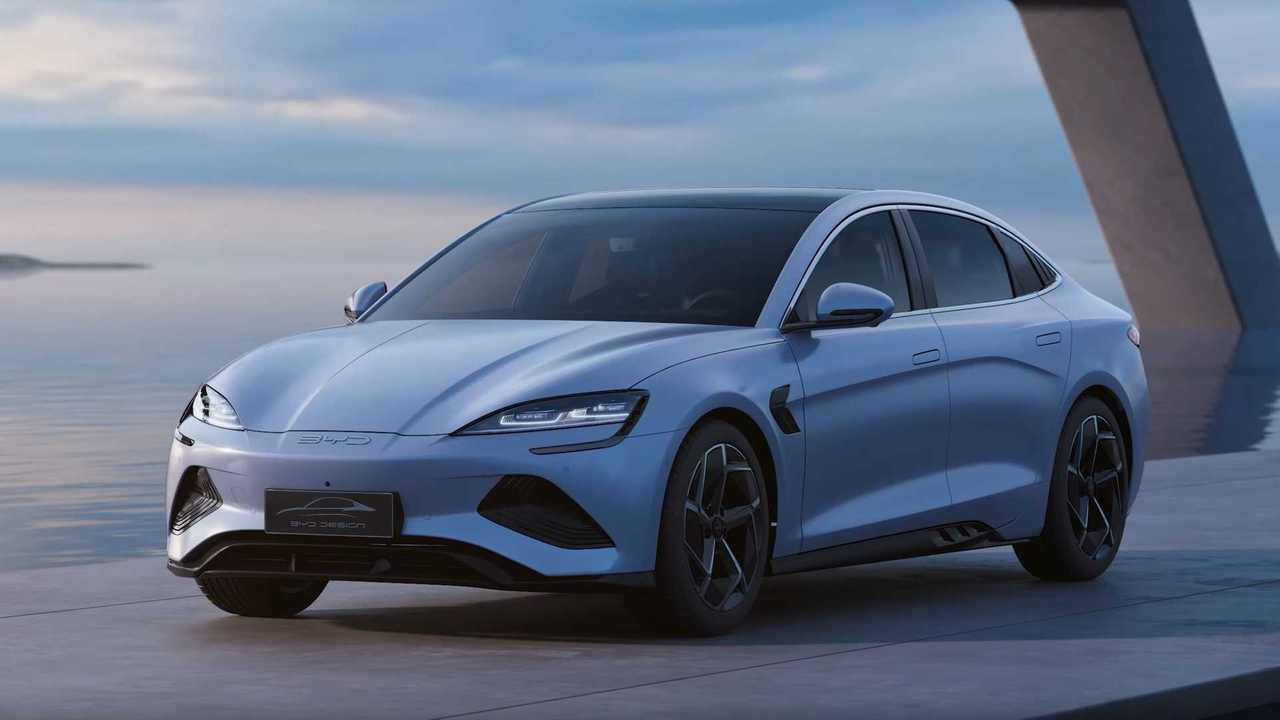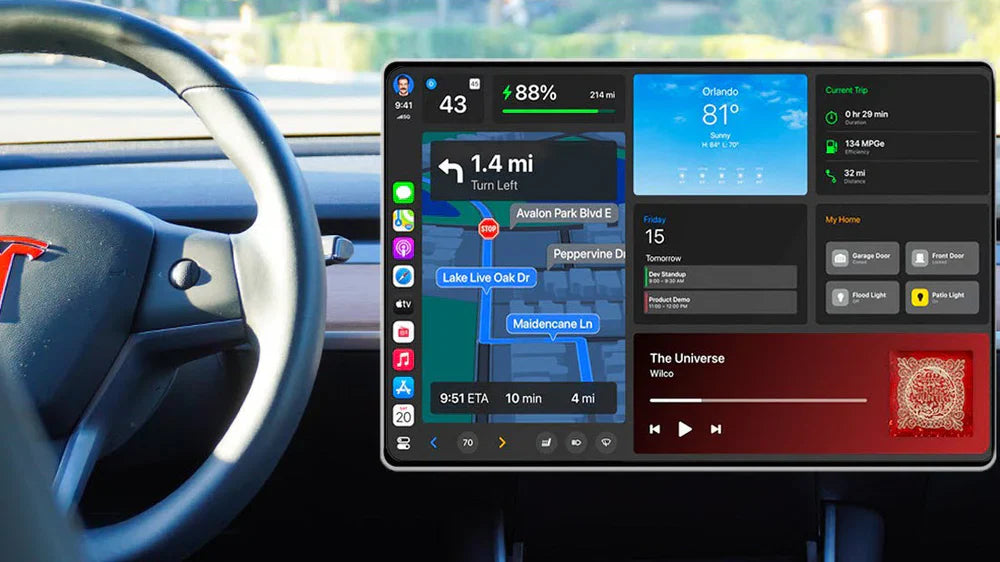Why China Wants to Curb Rapid Acceleration
China is moving to tighten vehicle safety rules by addressing something that has become increasingly common in the electric era: ultra-quick acceleration. Regulators are not proposing to reduce top speeds, but they want to manage how fast a vehicle can launch from a standstill each time it starts a new trip.
A proposed rule would require all passenger cars—EV or gas—to take at least five seconds to reach 100 km/h (62 mph) after every startup. The intention is to give drivers a predictable, moderated setting before enabling full power.

How the Proposed System Would Work
Under the draft regulation reported by CarNewsChina, the restricted acceleration mode would activate automatically at every key-on moment.
Drivers would start each trip in the slower default mode and would need to manually switch to full-performance settings if they want the vehicle’s quickest acceleration.
The idea mirrors start-stop systems on combustion cars: a safety-biased default, override optional. Automakers would need to provide a clear way for drivers to re-enable maximum performance, but the rule ensures no car launches in its fastest configuration by accident.
Which Vehicles Would Be Affected
The proposal applies across the industry, but performance-focused EVs are the most visible targets. If adopted, models such as the Tesla Model S Plaid, Tesla Model 3 Performance, Tesla Model Y Performance, BYD Yangwang U9, and Xiaomi SU7 Ultra would all need to comply.
Even high-output combustion cars would be included, though regulators are clearly responding to EVs’ instant torque and the rising number of acceleration-related incidents in dense urban areas.
A Broader Safety Strategy
China’s acceleration-delay plan is part of a larger regulatory push to reduce pedal-misapplication crashes and sudden unintended acceleration events. The wider safety package includes:
-
Torque spike prevention
-
Power cutoffs during abnormal speed changes
-
Detection systems for incorrect pedal application
-
Smoother ramp-up of acceleration in low-speed areas
Officials argue that even fractions of a second matter in parking lots, tight urban streets and crowded public spaces, where an unexpected surge could cause serious harm. By adding a buffer between startup and full power, regulators hope to reduce both accidental launches and intentional misuse.
How Drivers and Automakers May Respond
Mandatory performance throttling may frustrate some owners, particularly those accustomed to instant EV punch. Any system that requires pressing a button at every startup risks being perceived as annoying or intrusive.
But there is also opportunity: automakers may market the unlocking of full performance—through a setting, mode or button—as a premium or driver-focused feature. Track modes, launch modes and sport settings could gain new significance if full acceleration is no longer the default.
Still, many brands have moved toward minimalist cabin designs, which makes the idea of a dedicated hardware button less likely. The shift is more likely to happen through software menus or drive-mode selectors.

Why This Matters Beyond China
China is the world’s largest EV market, and global regulators are watching closely. If the policy demonstrates real-world safety benefits, other regions could draft similar rules.
However, widespread adoption outside China remains uncertain. Some markets—especially the United States—are less likely to embrace mandatory acceleration limits in the near term. Consumer expectations, political resistance and industry lobbying could all slow adoption.
Still, as vehicles become more powerful and software-defined, the question of how much control regulators should have over performance settings will only grow more relevant.
Recommend Reading: Americans Grow More Receptive to Chinese Cars







Aktie:
New Battery Thermal Device Promises Faster Charging and Longer EV Range